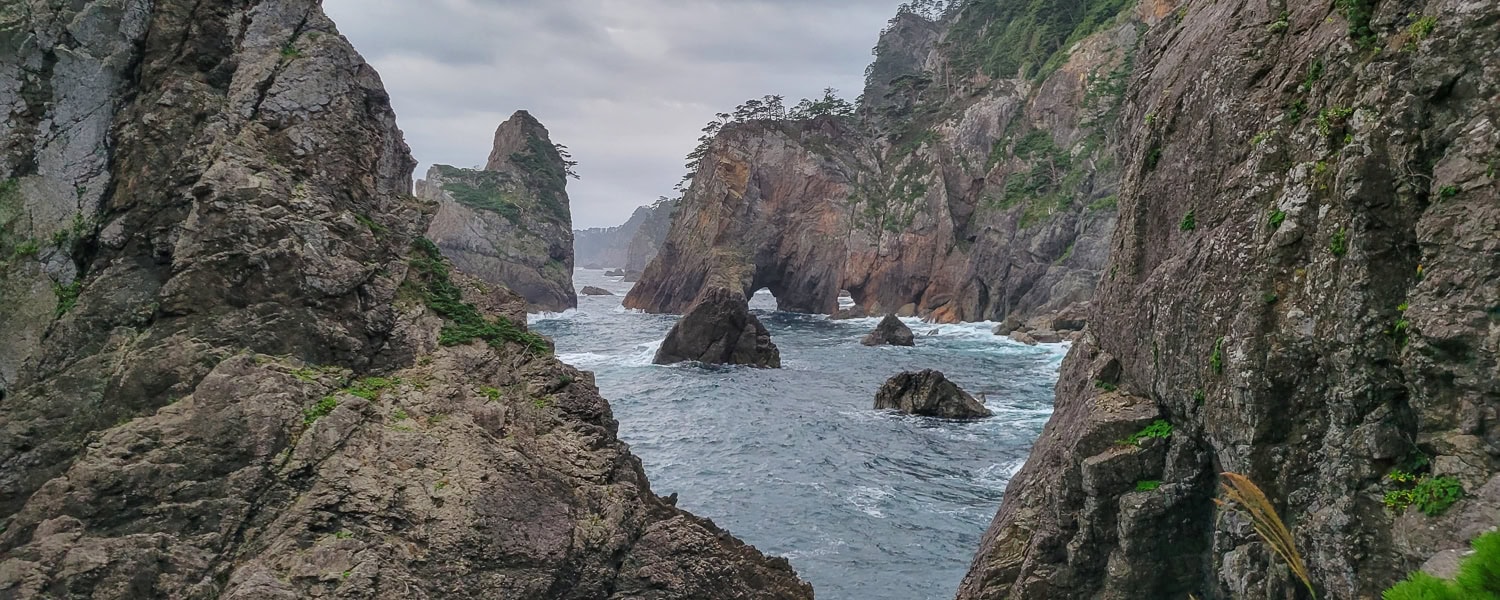This article may contain affiliate links where I make a small commission for purchases you make from links that you click from this article. By purchasing through these links, you support me at no additional cost to you. Thanks for your support.
Looking for a scenic and culturally rich adventure? The Michinoku Coastal Trail hike offers a 620 mile (1000-km) journey through Japan’s Tohoku region. Established in 2012, this trail provides stunning ocean views, diverse landscapes, and deep connections with local communities. In this guide, you’ll find everything from trail highlights to planning tips to packing tips, ensuring your hike is unforgettable.
I like travel that makes you think. Being a little uncomfortable by something you see in a new country is an important part of travel. I was surprised when I heard that Japan had created a new long-distance hike around one of Japan’s most deadly disasters, a region that had experienced so much pain and suffering. But I also understood why it was a good idea to bring more visitors and knowledge of the Tohoku region.
In 2023 I traveled to Japan to experience Japan’s newest 1000 km hiking trail – the Michinoku Coastal Trail (MCT). I was excited to experience the history, adventure, and views of the MCT as well as learn about the disaster and resiliance of the people.
The Japanese are resilient. They are skilled at turning lemons into lemonade. Every time I go there, I think about how they rebuilt after WWII and turned their image around to the rest of the world. They’ve now taken that special skill of turning things around to the tsunami-devastated region of Tohoku.
Key Takeaways
-
The Michinoku Coastal Trail Japan’s newest 620 mile hiking route on the Pacific coast. The trail’s mission is to commemorate the lives of the people lost in the tsunami and keep their legacy going. It also helps the region’s economy bu encouraging more tourism in Tohoku.
-
The trail is made up of 3 different geographies: Cliffs, peninsulas, and coastal beaches. Municipalities made up of 150 volunteers maintain the trails.
-
The best times to hike the trail are spring and autumn, offering pleasant weather and stunning views, while various accommodation options enhance the experience. Summers are very hot and humid, and winters will be cold and snowy. However, overall the weather here is cooler than the rest of the Japanese mainland.
-
Engaging with local culture and cuisine, from…
Click Here to Read the Full Original Article at OttsWorld…
